All Courses & Ebooks
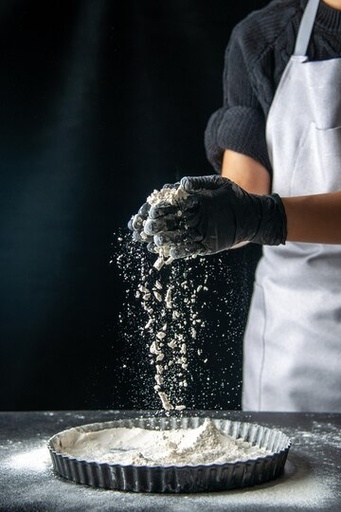
FREE
This ebook is intended to give students a basic understanding of nutritional information and labeling in the baking industry. In particular, there is a focus on Canadian regulations regarding labeling and merchandising of baked goods, as well as baking for customers with special diets, allergies, and intolerances.
Nutrition and Labelling for the Canadian Baker is one of a series of Culinary Arts books developed to support the training of students and apprentices in British Columbia’s food service and hospitality industry. Although created with the Professional Cook and Baker programs in mind, these have been designed as a modular series and therefore can be used to support a wide variety of programs that offer training in food service skills.
Author: BCcampus, Canada
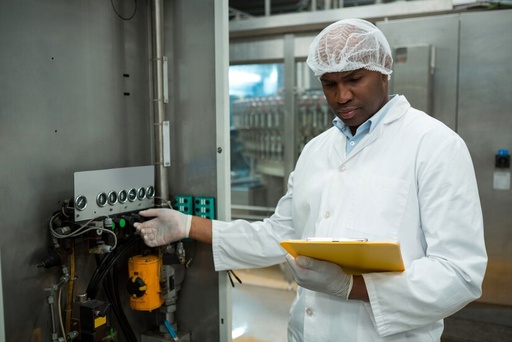
FREE
Workplace Safety in the Food Service Industry is one of a series of Culinary Arts open textbooks developed to support the training of students and apprentices in British Columbia’s food service and hospitality industry. Although created with the Professional Cook, Baker, and Meatcutter programs in mind, these have been designed as a modular series and therefore can be used to support a wide variety of programs that offer training in food service skills. Workplace Safety covers British Columbia legislation and regulations for workplace safety, as well as an overview of general safety practices in commercial kitchens and other workplaces in the food service industry.
Author: BCcampus, Canada
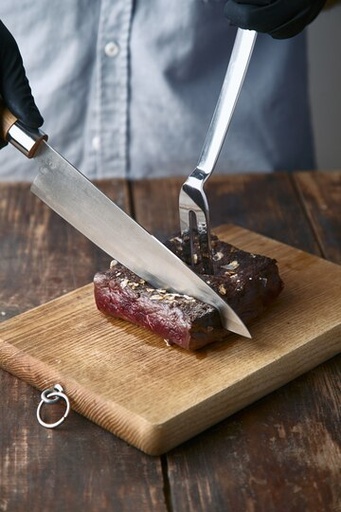
FREE
This ebook is intended to give students a basic understanding of the various types of meat and poultry used in the food service industry, and of how the terminology used by retail, wholesale, and food service customers varies.
Meat cutting for restaurants and hotels differs slightly from meat cutting for retail. Restaurants and hotels sometimes use names of cuts on menus that are common in the kitchen vernacular or in other jurisdictions like Europe or the United States, while retail meat cutters are bound by Canadian regulations regarding labelling and marketing of meat products to consumers for retail.
Meat Cutting and Processing for Food Service is one of a series of Culinary Arts books developed to support the training of students and apprentices in British Columbia’s food service and hospitality industry. Although created with the Professional Cook and Baker programs in mind, these have been designed as a modular series, and therefore can be used to support a wide variety of programs that offer training in food service skills.
Author: BCcampus, Canada
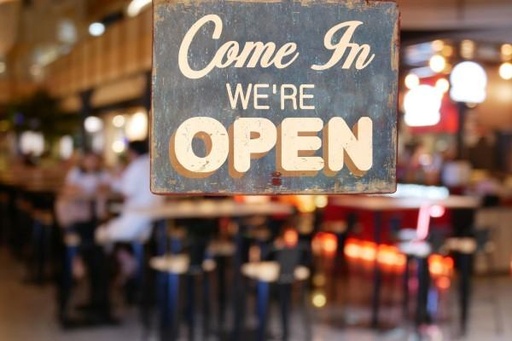
FREE
These video lessons discuss the opening duties of a restaurant, focusing on cleaning and polishing cutlery and glassware. The instructor provides tips on how to clean cutlery and demonstrates how to properly clean various types of glasses without leaving fingerprints or accidentally breaking them. The video emphasizes the importance of maintaining hygiene and arranging the service area in preparation for guests. The series covers a range of topics related to food and beverage service, including taking orders, serving food and drinks, clearing tables, billing, and bidding farewell to guests.
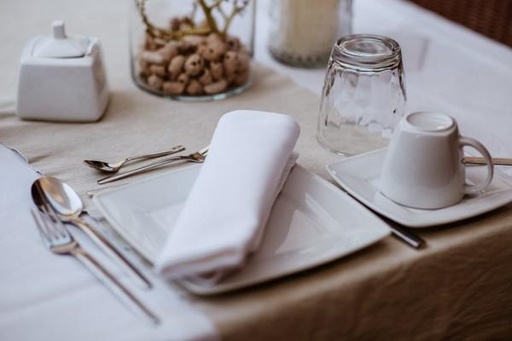
FREE
These video lessons discuss two types of menu settings: a la carte and table d'hôte. It covers the setting up of tables including, glasses, plates and cutleries.
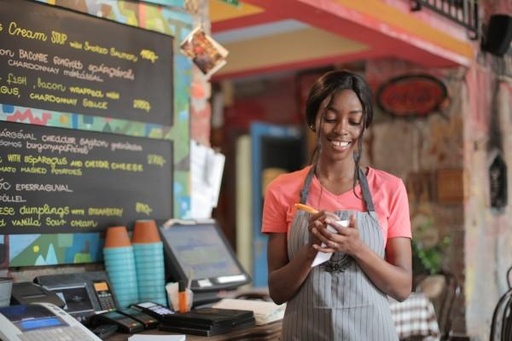
FREE
The video emphasizes the importance of cleanliness and proper etiquette when taking food and beverage orders, highlighting the "big five" tools a waiter should have, and the importance of presenting the menu to guests with the lady first. Proper order taking procedures are crucial, with ladies served first before men, and writing orders down in a captain's book before repeating them to confirm accuracy, ensuring efficient and accurate service for all guests. The video also demonstrates how to suggest and take beverage orders for guests, encouraging viewers to take notes and follow the demonstrated sequences.
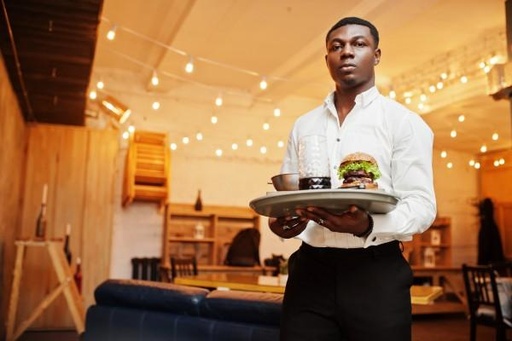
FREE
This video lesson discusses how to take food orders in a restaurant, emphasizing the importance of starting with starters and appetizers and then the main course, followed by desserts. Waiters should provide details such as accompaniments and sauces when taking orders, and the main course should take 25 minutes.
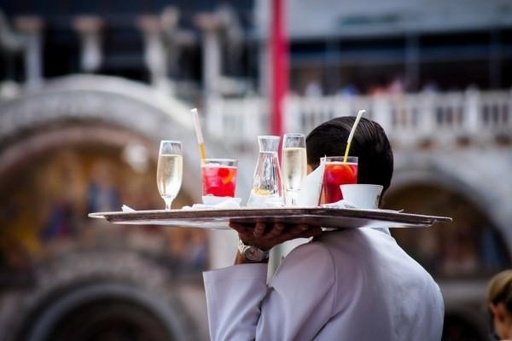
FREE
The first video lesson covers the various types of beverages and subcategories that servers may encounter, including hot beverages, soft drinks, beers, and spirits. The speaker explains the differences between teas and coffees, and highlights the subcategories of waters and sodas. They then discuss different types of alcoholic beverages and their origins, emphasizing the wide range of vodka flavors available.
The second video lesson covers the topic of serving beverages and matching different types of drinks with appropriate glasses. Specific glasses for various alcoholic beverages were highlighted, including martini, cognac, whiskey, liqueur, and champagne, along with their unique features. The importance of choosing the right glassware when serving drinks to guests was emphasized, and common types of glasses used when setting a table, such as the water goblet, red wine glass, white wine glass, and champagne flute.
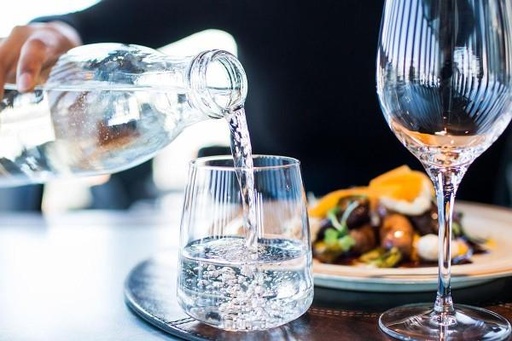
FREE
This video is about serving soft drinks and water in a food and beverage setting. The server emphasizes the use of coasters to prevent damage to linen from condensation and presents the bottle to the guest before pouring. They also demonstrate serving warm water without coasters and ensuring the label of the bottle faces the guest.
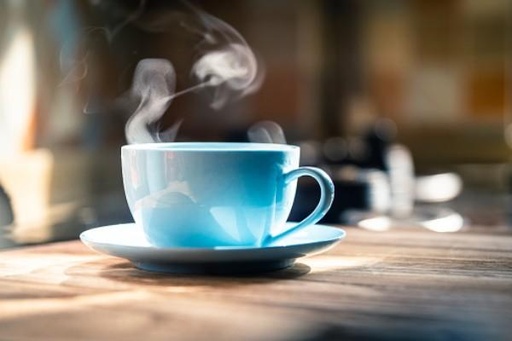
FREE
This video explains the proper procedures for serving coffee and other hot beverages in a hotel or restaurant setting. It covers checking the order, arranging the accompanying items correctly on a tray, and providing guests with hygienic sugar options. The order of hot water, milk, sugar, and tea bag is outlined for serving hot beverages, and the importance of correctly naming and introducing a drink is stressed.
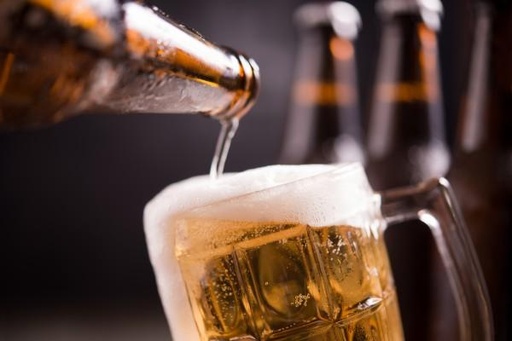
FREE
This video teaches how to properly serve bottled beer in a clear, straightforward manner. To start, it’s important to ensure the proper serving temperature is achieved, then use the appropriate glass to pour, making sure to pour slowly at a 45-degree angle and avoid contact between the glass and bottle. Any remaining beer should then be placed beside the guest with the label facing them.
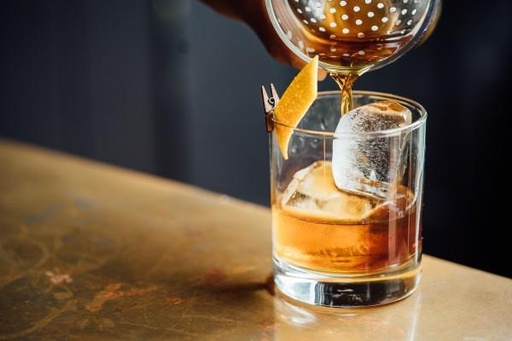
FREE
This video demonstrates how to serve spirits and bottled beer properly to customers, emphasizing the importance of serving customers on their right side and obtaining permission before touching or moving anything on the table. The video also highlights the proper way to pour beer into a glass at a 45-degree angle without letting the bottle touch the glass and how to create a head on the beer for optimal presentation.
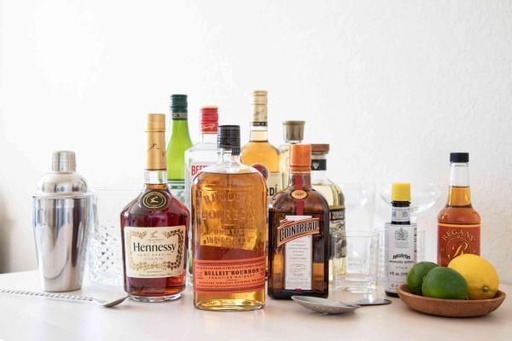
FREE
This video teaches the proper way of serving spirits using a tot measure and the importance of washing it between drinks to avoid mixing flavors. The bartender also explains the difference in serving a martini and other spirits, where a tot measure is not required. The video concludes by teasing the next topic of wine service.
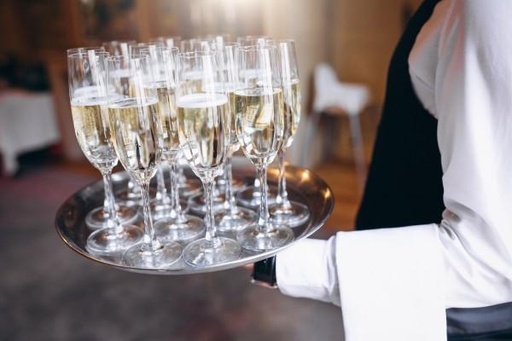
FREE
The video lessons explain the classification of wines by color, including red, white, and rosé. It also discusses the types of wines, such as table wines, sparkling wines, fortified wines, and aromatized wines. It also outlines the proper procedure for serving wine, beginning with collecting the wine order and identifying the specific wine to the host.
The lessons cover proper techniques for opening and serving wine to guests. The instructor explains how to open a bottle of sparkling wine or champagne and demonstrates how to correctly serve sparkling wine to guests. He emphasizes the importance of facing the label of the bottle towards the host and using caution when popping the champagne cork.
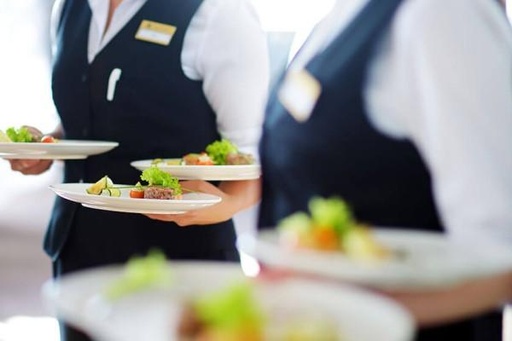
FREE
In this video lesson the instructor explains the proper way to serve food during a four-course meal and how to clear the table in a sequence while presenting the bill. The video demonstrates how to adjust cutlery according to each course and how to serve soup with proper etiquette.
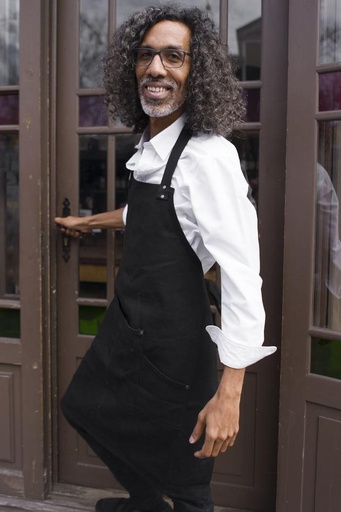
FREE
The video lesson covers the closing duties of a food and beverage server, including clearing soiled items from tables, properly stacking cutlery and dishes, and setting tables for the next shift. It emphasizes the importance of communication and preparation in ensuring a smooth transition between shifts.
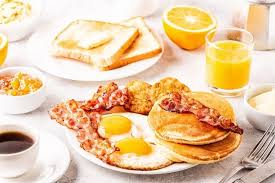
FREE
Hotels mostly serves three types of breakfast. In this video we look at the difference between these three.
1. Continental Breakfast
2. American Breakfast
3. English Breakfast
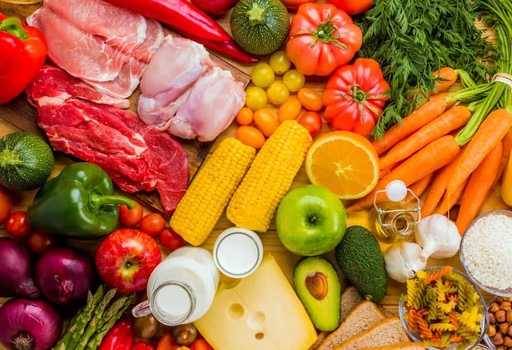
FREE
There are different types of meals. In this video we explain the following types;
- Early Morning Tea
- Breakfast
- Brunch
- Lunch
- Afternoon Tea / Low Tea
- High Tea
- Dinner
- Supper
- Midnight Snacks
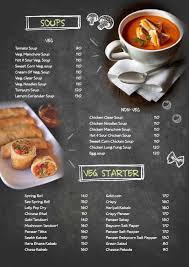
FREE
This video lesson provides a comprehensive look at menus and menu planning within the hospitality industry.
At the end of the lesson you will be able to;
- Understand the concept and development of a menu
- Explain the different types of menu
- Define the factors affecting menu planning
- Develop various kinds of menus
- Analyze the systematic approach for menu planning
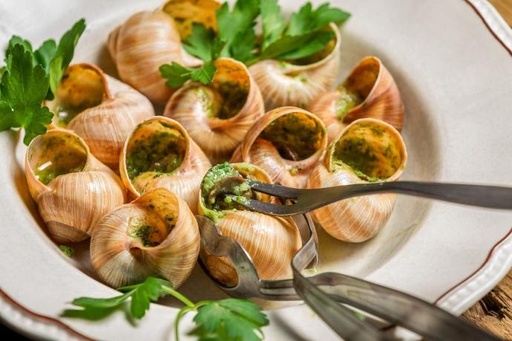
FREE
This video lesson provides a comprehensive look at the French classical menu.
At the end of the lesson you will be able to;
- Understand the concept of the French classical menu
- Explain the different types of courses in the menu
- Perform the compilation of a menu
- Differentiate between seventeen courses and eleven course French classical menu
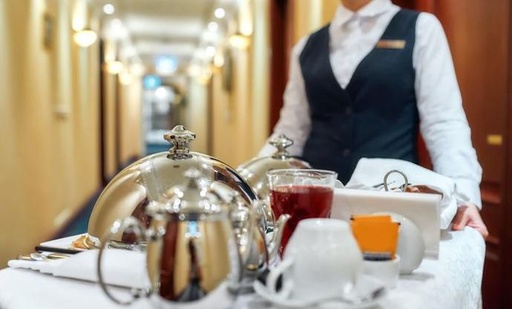
FREE
This video lesson looks at room service in the hotel industry. At the end of the lesson you will be able to understand;
- The different types of equipment used in room service
- The importance of mise-en-place
- Different methods of taking room service orders
- Various tray set ups for various orders
- The service procedure
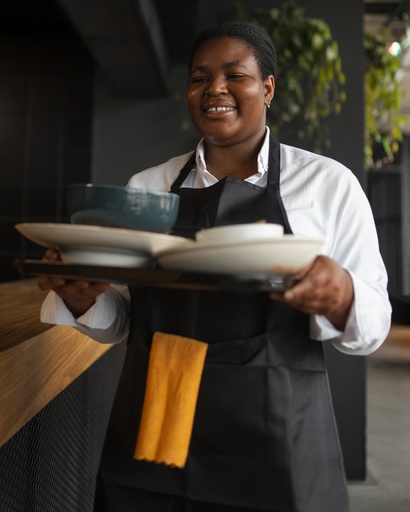
FREE
Being a server at a restaurant is hard. The best servers are master multi-taskers. Plus, your on-the-job performance can have a huge effect on a restaurant’s bottom-line and your tips.
While much of a server’s personality is already ingrained, other aspects of service (like how well they know the menu, wine pairings and how they interact with customers) can be learned.
So what does a server/waiter need to do to take their service from ordinary to extraordinary? Watch these videos to gain some invaluable tips.
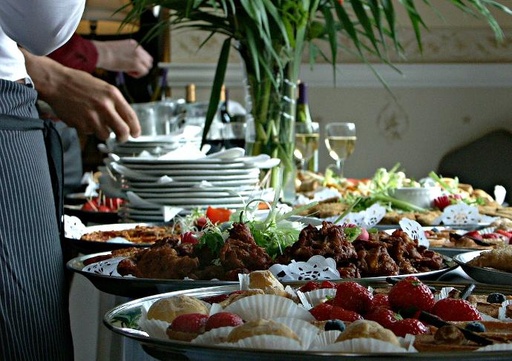
FREE
A Food and Beverage (F&B) service interview is a crucial step in hiring for hospitality positions. Applicants should prepare by researching the company, practicing common interview questions, and dressing appropriately.
These video lessons take you through some common questions and answers one can practice before an F&B interview.
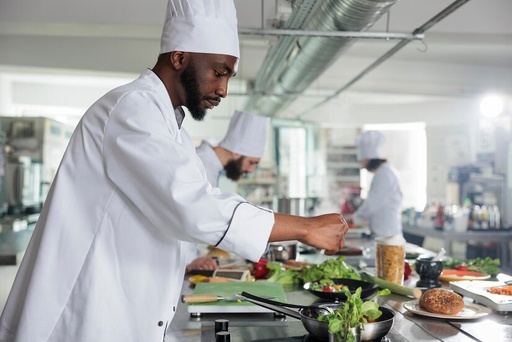
FREE
Workplace Safety in the Food Service Industry is one of a series of Culinary Arts books developed to support the training of students and apprentices in British Columbia’s foodservice and hospitality industry. Your health and well-being are your most valuable possessions. Many laws and regulations exist to ensure employee safety, yet every year thousands of serious injuries occur. In many cases, these injuries have serious long-term consequences for both employees and employers.
For those new to the workforce, or working in the foodservice industry for the first time, having a solid understanding of both the rights and responsibilities of the employer and employee and training in how to operate safely in the workplace are the keys to minimizing the risk of a workplace injury.
Author: BCcampus, Canada
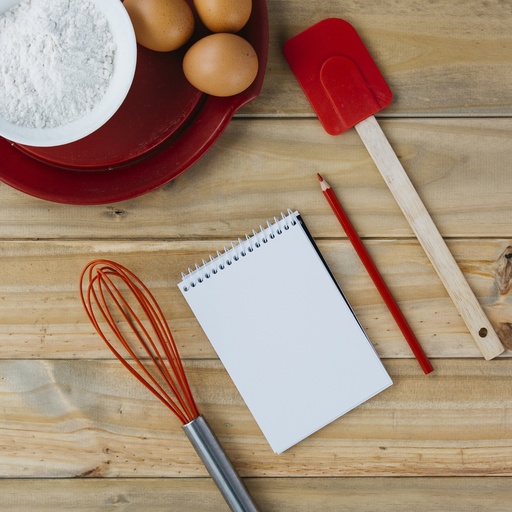
FREE
Applied Math for Food Service is an adapted open textbook. This new open textbook remixes content from two open textbooks published by BC Campus under CC BY licenses. Basic Kitchen & Food Service Management by The BC Cook Articulation Committee, and Math for Trades by Chad Flinn and Mark Overgaard.
Author: Amy Savoury, BC Campus
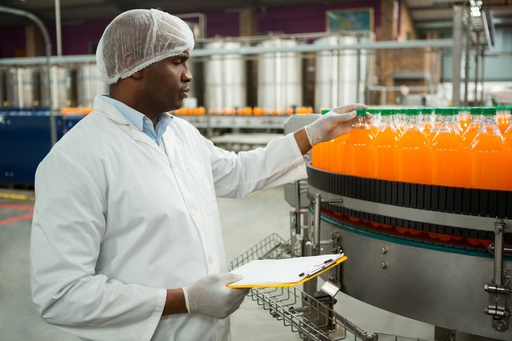
FREE
Food Safety, Sanitation, and Personal Hygiene is one of a series of Culinary Arts open textbooks developed to support the training of students and apprentices in British Columbia’s foodservice and hospitality industry.
- Introduction
- Food Safety Regulations
- An Approach to Food Safety
- Causes of Foodborne Illnesses
- Preventing Foodborne Illnesses
- Receiving Practices
- Storage Temperatures & Procedures
- Food Rotation
- Developing a Food Safety Plan
- Workplace Sanitation
- Key Takeaways & Activities
Author:
The BC Cook Articulation Committee , BC Campus
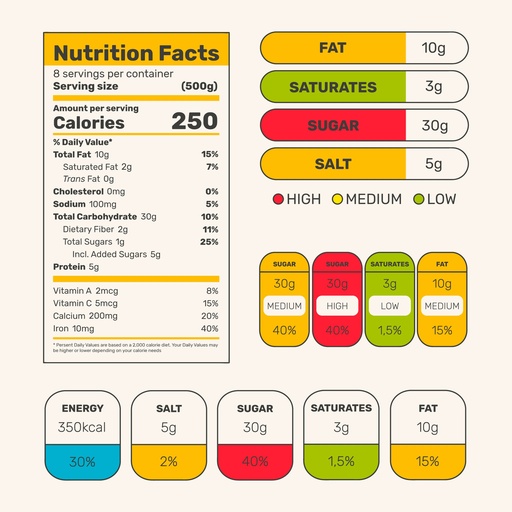
FREE
This open textbook provides a foundational understanding of Food Labelling.
Author: Jennifer L. Lapum; Oona St-Amant; Wendy Garcia; Lisa Seto Nielsen; and Rezwana Rahman
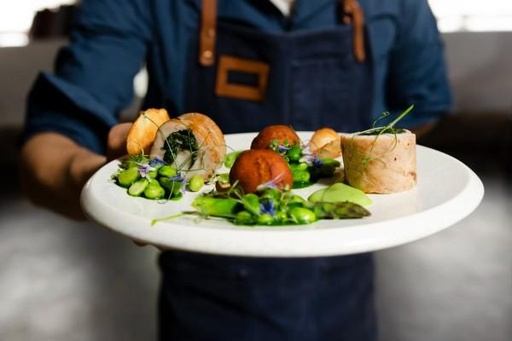
FREE
This video lesson focuses on customer care and hosting duties within the hospitality industry, specifically in high-end or fine dining restaurants. The instructor discusses the importance of welcoming and handling guest reservations and complaints.
The lesson provides tips for handling various scenarios that may arise while hosting guests, such as table preferences, taking down details, and handling situations where guests request a table that is already reserved. The video also outlines the steps involved in hosting guests, such as confirming reservations, seating guests while respecting social distancing rules and placing the folded napkin on their laps.